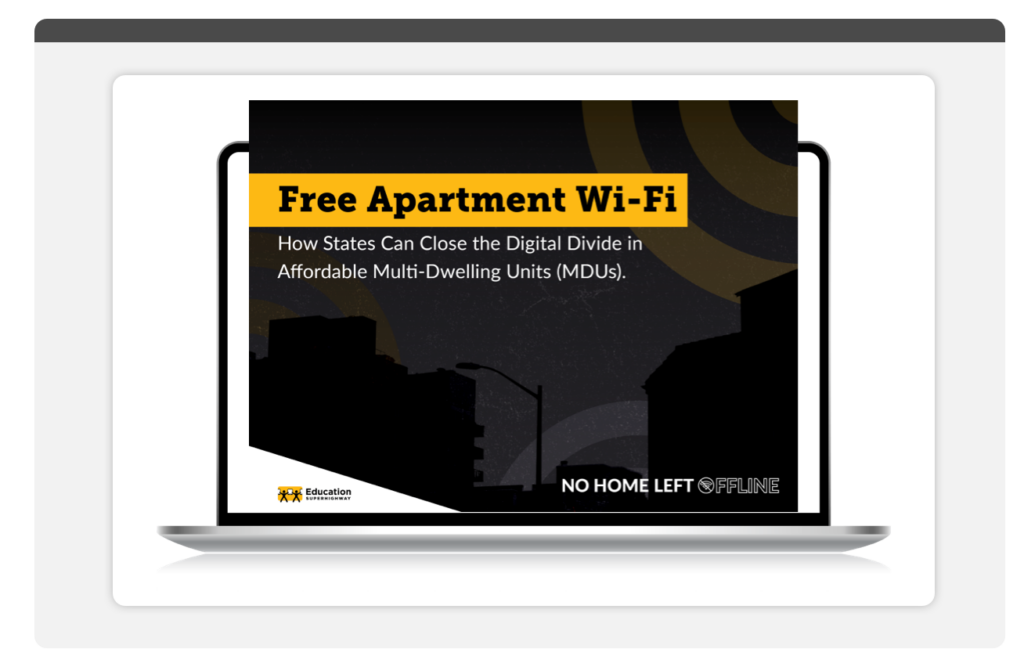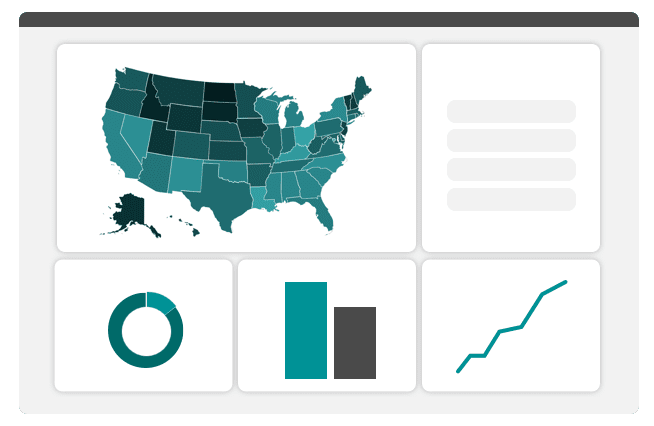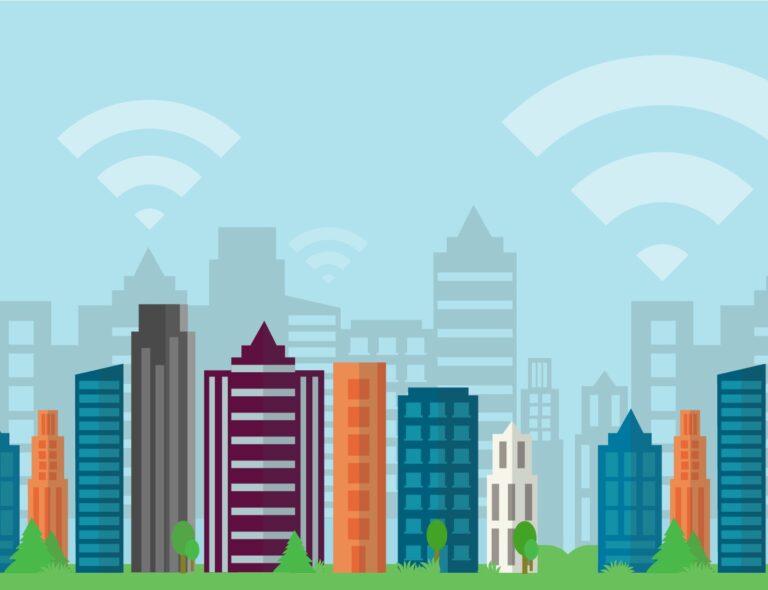Distance learning is often discussed in the context of higher ed and adult education, but its relevancy in K-12 education is growing. According to the U.S. Department of Education’s most recent study of the topic, the percentage of public school districts whose high school students took distance learning courses rose from 30 percent in 2002 to 53 percent in 2010. These courses, which have generated a fair share of heated discussion, mean different things to different stakeholders in public education; given the increasingly digital nature of classrooms in general, isn’t it a discussion worth having? To answer that, let’s first consider how the conversation originally picked up steam.
Budget Cuts and Changing Classrooms
For many school districts, budget cuts have made it difficult to retain their full workforce while navigating rising student populations in each class. For others, having a small number of students and residing in underserved locales has proven an obstacle to obtaining the necessary resources to offer a 21st century education.
In addition to the great challenges districts faced in trying to minimize the impact of these cuts to school leaders, teachers have had to navigate how to minimize the impact these changes could have on their students’ growth.
By the time students get to high school, it is critical that regardless of their location or their school’s budget, they can take advantage of as many learning opportunities as possible that prepare them for college and their future careers. Advanced Placement courses are still a major part of that preparedness.
In 2011, the Wall Street Journal reported that 1.99 million high school students were scheduled to take A.P. exams that year alone. The article noted that “About 90% of U.S. colleges and universities award college credit to high-school students who pass the program’s rigorous subject-matter tests.”
As a result of the budget cuts that diminished in-school teacher support in many districts, and limited their ability to sustain expensive A.P. programs, more and more students started enrolling in the courses online.
Now, with further public school budget cuts potentially on the horizon, districts and their students will need to keep thinking about how, if at all, distance learning will play a role in existing curricula. They will have to consider this not only for A.P. courses, as even the most fundamental of courses are not available in all of America’s public schools. An 2016 EdWeek analysis showed that 2 in 5 high schools did not offer physics, which is problematic in an era when S.T.E.M. proficiency only becomes more critical with each passing year.
Friend or Foe to Overburdened Classrooms?
One concern about distance learning is that it could diminish the very real value students get from in-person guidance from teachers. At least for the A.P. students who have used it, distance learning seems to be working as a way to supplement necessary components of their education without further straining school budgets. It does, however, require that students have sufficient digital access to take such courses. For many, that is simply not a reality–not in school, and certainly not at home.
The Wall Street Journal report also noted that in order for students to be able to maximize the benefits of online A.P. courses, they have to have the time management skills to do so. The clear downside to any type of online education is that without a physical teacher there to guide them, there is a heightened potential for students to get lost, lose focus, and become disengaged from the subject matter.
What Kind of Support Do Classrooms Need To Successfully Integrate Distance Learning?
Since the role of distance learning in public school classrooms doesn’t seem to be disappearing any time soon, it’s important to consider how best to implement it where it has the potential to add value.
In almost every case, that will involve ensuring that schools have the capacity to offer such programs, and that underserved communities are not stuck on the wrong side of the digital divide. By bridging those gaps, at least, school districts can make measured and informed decisions about whether distance learning makes sense for their students and teachers.
What are your thoughts about the role of distance learning tools in public education? If your district’s students have taken online courses, what have some of the challenges or benefits been so far?
Tweet us @EdSuperHighway.






